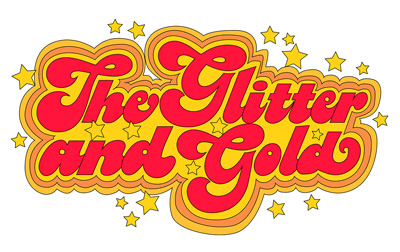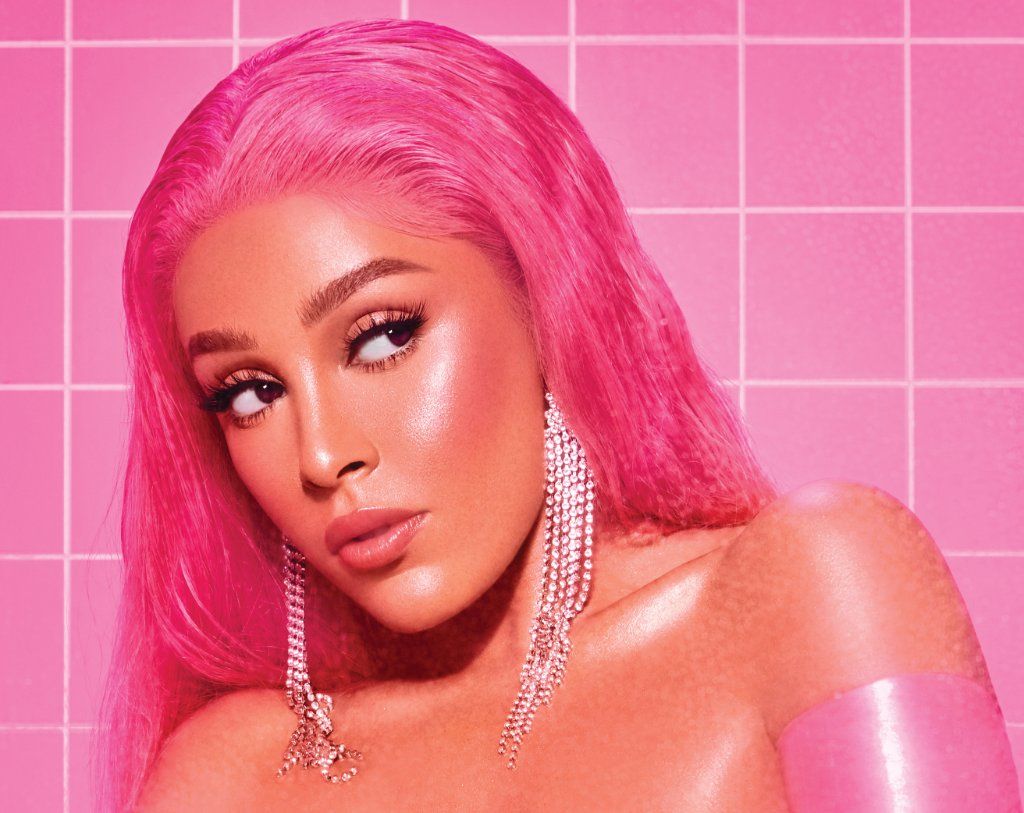Popular music embraces figures who project fantasy and escape. With Britney Spears in rehab, Rihanna breaking out of her good girl persona and the grim realities of the Global Finacial Crisis setting in, the world of 2008 was ready for another fantasy popstar. It was Katy Perry who rose to the occasion.
An Escapist Pop Star
Introducing itself to a mass audience with 2008’s ‘I Kissed a Girl’, Perry’s pastel-coloured universe provided the escape people were looking for. 2010s ‘California Gurls’ further cemented her status as a pop superstar while transporting listeners further into a candy-coated world far away from their own. ‘California Gurls’ was the lead single from Perry’s Teenage Dream and was the first of five chart-topping songs the album would deliver.

Early Career
For many, Teenage Dream comes to mind as Katy Perry’s first album. It was actually her third! First album Katy Hudson was a gospel record. Growing up in a devoutly Christian family, the would-be pop star’s relationship with religion was closely intertwined with her love of music.
Katheryn Elizabeth Hudson grew up performing the pentecostal church in which her parents, former flower children from the 1960s, were charismatic preachers. Both believed Perry was destined for greater things. And so did she.
Perry was a talented vocalist determined to be a star. Yet she had grown in a home where secular music was forbidden. As a result, Katy Hudson was initially naive about the wider public’s appetite for Christian pop. Her debut record Katy Hudson sold only 200 copies.

Total Pop Takeover
Undeterred, Perry moved to LA at age 17. Leaving her small Californian hometown of Santa Barbara and surname behind she reimagined herself as Katy Perry. Her career then went through many ups and downs. Perry would work with several producers and be dropped by multiple record labels. After a gruelling 5 years of paying dues behind the scenes, she finally released second album One of the Boys in 2008.
Katy Perry was no longer a gospel singer. Instead, she was a bright-eyed girl with a wild party side. Her persona was what Perry would later describe as “an American girl for the whole world”. She was one part playboy bunny and another Little Bo Peep. Her songs were hits. ‘I Kissed A Girl’, ‘UR SO GAY’ and ‘Hot N Cold’ won her a large audience and praise from celebrities such as Madonna. Perry was starting to capture the public’s attention, but it was her next album which would decide whether she made a lasting impression.

‘Teenage Dream’ was The Ultimate Pop Song
For her third album Teenage Dream, Katy Perry recruited a powerhouse team of creators. Amongst them were producers Max Martin and Dr. Luke (later fall from grace following rape allegations from pop stars Ke$ha). The pair had struck up an instant chemistry with Perry on the previous hit ‘I Kissed A Girl’ and were now ready to top their past achievements. “I am very lyric-based, Max is very melody-based and luke is very track-based,” Perry shared with author John Seabrook in book The Song Machine. “Put the combination of us together and you get the ultimate pop song.”
Perry was determined. She wanted to prove to the world she was more than the singer of novelty pop songs. Teenage Dream was intended to take the best parts of her previous work to establish herself as a fully realised pop star. ‘Teenage Dream’ embodies the album that shares its name. Just mentioning the single conjures up thoughts of the simple but iconic guitar hook. The song layers the riff with Katy’s syrupy vocals and a bubbly chorus to create her “ultimate pop song”.
Perry Inhabited Her Brand
‘Teenage Dream’ received mixed reviews. In hindsight, many read as if they were fuelled by misogyny rather than criticism. Reviewers attempted to reduce Perry to a doe-eyed sex doll and mocked her attempts to tackle real social issues in her songs. Regardless, few could fail to praise Teenage Dream‘s songwriting and technical finesse.
And of these songs ‘Teenage Dream’ presented Perry at her best. This Katy Perry was larger than life, a breath of fresh air into the lives of the millions who heard her music. Unlike artists before her, Katy Perry was about more than her music. Alongside Lady Gaga, she was the first of a generation of pop stars who totally inhabited her brand.

The cover of Teenage Dream.
Perry Weaves the Teenage Dream
Katy Perry represented youth, joy and whimsy. Millions rushed to be a part of the fantasy. Perry placed heavy emphasis not just on crafting a musical persona but also the image she projected. For Teenage Dream collaborated with established visual artists such as Will Cotton and Mark Ryden to create dreamy music video sets and costumes. “I hope that it’s going to engage all of your senses,” she Tweeted ahead of touring the album, “sight, sound, smell, taste, touch”.
Katy Perry became an icon for women. Despite several outspoken critics, she was also celebrated by many within for LGBT+ community. Perry openly supported queer fans at a time where it was controversial to do so. The move caused friction with Perry’s religiously conservative mother.
Perry’s presence in the pop scene validated the right to be feminine and eccentric. Despite a glamorous exterior she demanded to be taken seriously. She was also one of the first prominent artists to represent women’s sexuality unashamedly. It was something that would garner harsh criticism at the time but paved the way for present cultural tastes.

Katy Perry’s Fall From Grace
The dizzying heights of Perry’s Teenage Dream singles were hard to maintain. Following releases received less and less attention. Whilst for a short period she managed to bask in the sun of superstardom, failed hits, coming out on the wrong end of a feud with Taylor Swift, and an increasing succession of eyebrow-raising moments – such as her meme-worthy performance with Migos and her Left Shark costume dominated SuperBowl performance – meant Perry would lose a lose her dominance over popular culture.
In August 2020, Perry released her sixth album, Smile. Less celebrated than previous works, it still reached Number 24 in the US albums chart. With Smile Perry had spread career across three decades and she isn’t done for her yet. Her Cosmic EP followed on December 18.

Katy Perry poses for Smile photoshoot in 2020.
Lasting Appeal
Teenage Dream still maintains cultural relevancy today. The altered reality of Perry’s image would not go amiss in the hyper-pop landscape of the 2020s. Nor would it seem it of place next to female-forward bangers like ‘WAP’. New generational trends have brought ‘aesthetic’ into all aspects of people’s lives. As bold fashion and makeup trends continue to take over, it feels that if Katy Perry released ‘Teenage Dream’ today it would still be as much of success as it was in 2010.

‘Teenage Dream’ Peak Chart Positions
US/Billboard 100: #1 (33 weeks on charts)
Australia/Aria: #2 (25 weeks on charts)
UK/Official Charts: #2 (23 weeks on charts)
Dr. Luke
Later work fell flat
Danced with sharks









Banger
Totally inhabited her brand
Validated the right to be feminine